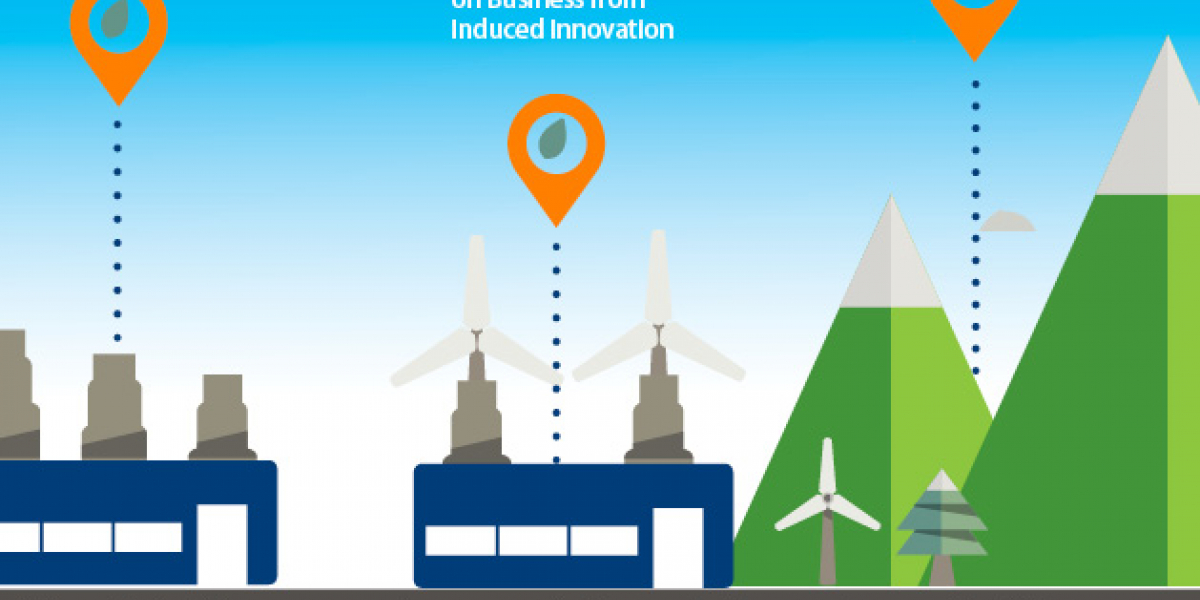
We have all heard the saying, “I’m drowning in red tape”. It’s a common rebuke from businesses and others being forced to comply with regulation. Green tape, the environmental equivalent of red tape, refers to the rules and regulations that limit pollution or protect ecosystems. While green tape also draws its fair share of complaints, it turns out environmental regulation can be designed in a way to produce environmental and economic benefits that can outweigh at least some of the drawbacks – if not all of them. (For more on these innovation benefits, check out the first blog in this series of 3). So how can environmental regulation be designed to minimize costs and capture these benefits?
Like any regulation, the specific context for environmental regulation matters. Nonetheless, here are 9 conclusions that generally apply:
1. There is growing evidence that the costs of environmental regulations are overestimated – most often by at least double, and often by a factor of 10. There is also evidence that the resulting benefits of the regulations on ecosystems, human health, and the economy are often underestimated and far outweigh both prospective and retrospective cost estimates.
2. Policy makers can anticipate that initial cost estimates of the impacts of environmental regulations will be high, given the tendency of firms and industries to overestimate costs. Regulators’ approach has generally erred on the side of caution, but evidence shows they could probably be a little bolder in using environmental regulations.
3. Evidence shows that environmental regulations generally do induce innovation. However, they also induce disruption. It is important to identify and attempt to measure both the disruption and the innovation in order to gain a complete picture of the overall private costs and benefits of environmental regulation. In essence, we need to put more time and thinking into how our modelling and other forms of analysis can better reflect our innovation nature.
4. There is early evidence that the more flexible, price-based market tools – when sufficiently stringent – are more likely to induce a greater level of innovation. As there are still many jurisdictions without a price on GHG emissions, and even more which do not put a price on other forms of environmental externalities, policy-makers would be wise to consider flexible, stringent policies and regulations where appropriate.
5. However, there are some cases in which using a market-based regulation can shift the costs and benefits of the regulation in undesirable ways. For instance, Resources for the Future looked at some clean air regulations and found that “emissions trading may lead to a spatial rearrangement of emissions that reduces overall benefits compared with a uniform performance standard with the same aggregate emissions.”
6. When regulations include adoption of new technology or are based on performance standards of new technologies that are not yet commercial, the cost impacts of the regulation could be particularly hard to predict. Recognizing this, forecasts of regulatory impact that include specific technology adoption assumptions may require special attention and extra diligence.
7. Good, relevant and recent data from which to build the baseline scenario is absolutely necessary – and looking back retrospectively to see what actually occurred is critical to our learning for informing future policies.
8. More analysis is always helpful but there’s a particular need for more firm-level assessments of the private sector costs and benefits. Firm-level analysis can be difficult to undertake, given proprietary and confidential data, but it can be particularly insightful – particularly if done ex-ante, with good pre-policy baseline data available. (See SP’s project on “Linking Natural Capital & Productivity” for new firm-level analysis of environmental performance in the Canadian pulp and paper industry”)
9. There is a lack of research regarding the costs of regulations (both prospective and retrospective analysis) in a Canadian context, due in large part to data limitations. (Our 3rd blog in this series will look at this issue in more detail.)
Generally speaking, stringent, flexible policies seem to work best, inducing the most innovation and coming at lower cost. Providing policy certainty through the regulatory design is also critical. Businesses will find ways to cut pollution, reduce negative ecosystem impacts and create new product and process innovations if they understand the rules under which they operate and see that those rules will be in place for some time. That doesn’t mean that the regulation can’t change over time, but that there shouldn’t be any surprises in how/when/why it changes.
So, unlike the mental image of red tape weighing us down, let’s think of flexible but strong green tape supporting economic and environmental prosperity.